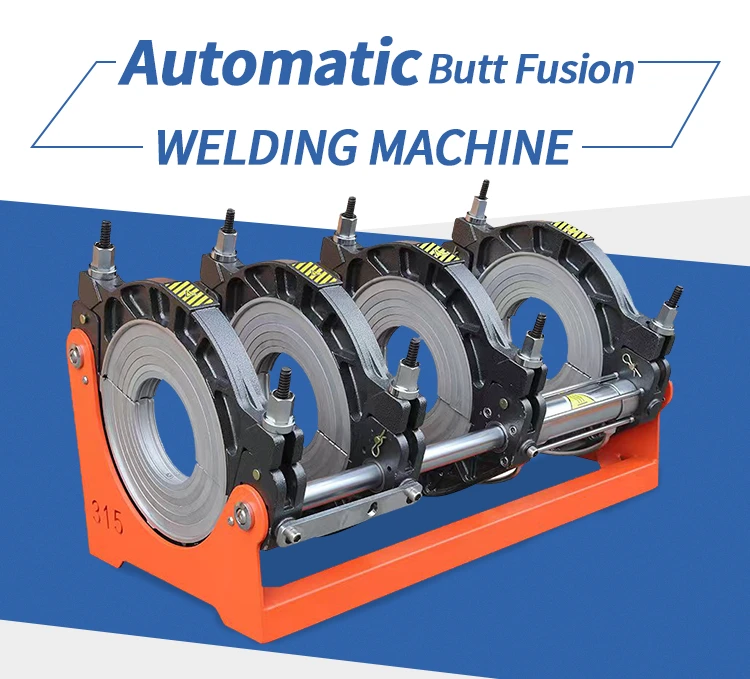Details of our Molded PE septic tanks
Specification | Dimensions | Caliber of pipe |
1.0m³ | 1740*975*940*4mm | 400*315*315 |
1.2m³ | 2009*1082*1037*4mm | 315*200*315 |
1.5m³ | 2035*1130*1100*5mm | 400*200*315 |
2.0m³ | 2355*1210*1165*7mm | 315*200*200*315 |
2.5m³ | 2760*1220*1200*7mm | 400*200*200*400 |
Polyethylene Septic tanks
The enormous benefits of polyethylene have increased the use of septic tanks to grow increasingly. Ease of operation and high performance are the main features of the polyethylene septic tanks.
714557.webp)
Advantages of our molded PE septic tanks
High resistance to corrosion and inappropriate environmental conditions
Full sealing of septic tanks of polyethylene and the release of any contamination outside it
The wall is highly resistant to pressures from soil around the septic tanks of polyethylene
High speed construction, installation of septic tanks
The possibility of burial in the underground with the aim of transferring gravity of sewage to septic tank and preventing the occupation of useful spaces
Light weight and ease of carrying and installing
Possibility of septic tank displacement even a few years after the initial installation.
Ease of operation and discharge of sludge from septic tank due to visibility and sludge drainage.
Anti UV coating.
Complete and no odor isolation
499193.webp)
Application of Septic Tank
Septic tanks have expanded their application to various household, health and industrial sectors. Some of the main uses of septic tank are Pre-treatment and purification of sanitary wastewater from residential units, commercial and office complexes, hotels and restaurants due to municipal laws and the Environmental Protection Agency
Removal of contaminated particles, fats and oils in sewage from restaurants and dining halls to prevent the rapid filling of wells and clogging of pipes due to accumulation of fat and coarse deposited particles. Balancing and pumping of sewage in sewage treatment systems.
Operation of Septic Tank
The sewage enters the first section of the septic tank through the entrance pipe. This section, separated by a separating wall from the second part of the reservoir, contains a volume equivalent to two-thirds of the total septic tank volume. With the entry of sewage into this section, suspended matter and foreign particles move downward due to their weight and fall into the bottom of the reservoir. Oils and fats move upwards and float on the surface because they have a lower specific gravity than the sewage.
The accumulation of deposited materials in the reservoir floor creates a mass of sludge and microorganisms and bacteria multiply and grow. The biological reactions that occur during their propagation and growth cause the decomposed organic pollutants and sewage to be purified. These reactions also convert a significant amount of sludge to biogas and reduce the amount of sludge. The biogas produced, which is mainly methane, is extracted from the septic tank via the biogas exit pipe. In the next step, the first section, through the communication path embedded in the separator wall, enters the second part of the septic tank into the second section of the tank septic tank. In this section, very fine fats and oily particles that remain in the sewage float on the surface. Ultimately, the effluent is removed from the septic tank through the outlet pipe.
The sludge accumulated in the septic tank requires about one to two years to evacuate. It is better to drain, leaving a little bit of sludge in the tank's septic tank. Because this sludge contains microorganisms and bacteria that are effective in refining, and their full discharge causes a long time to reboot the biological septic tank.
911.webp)
138.webp)
217.webp)
463.webp)
272532.webp)
102.webp)
115.webp)


294.webp)
476.webp)
420.webp)
146.webp)


